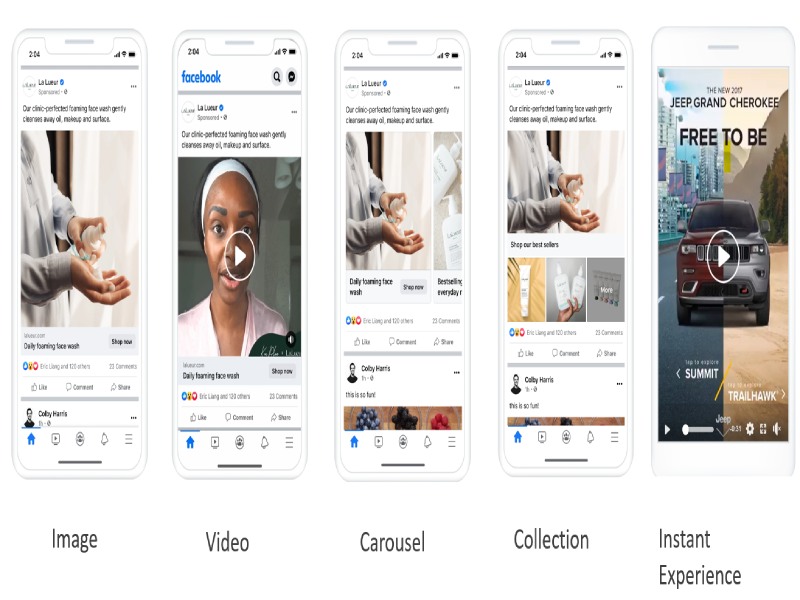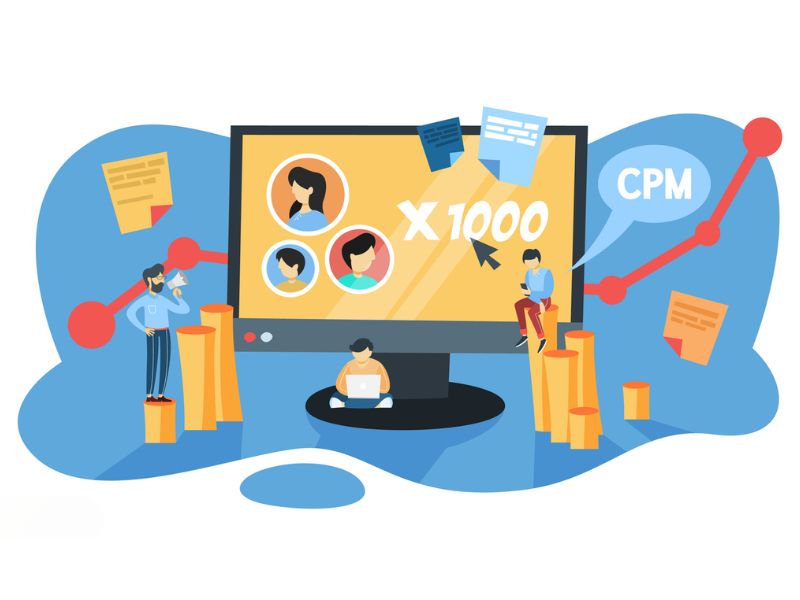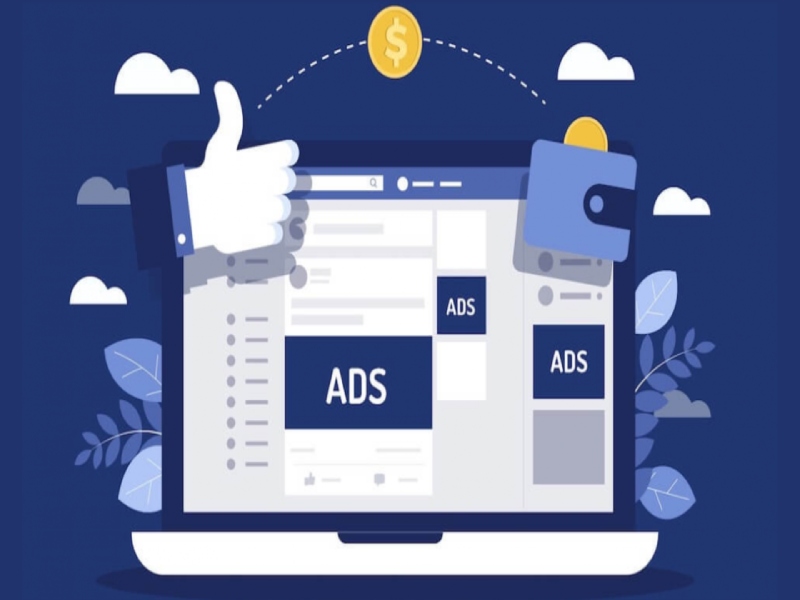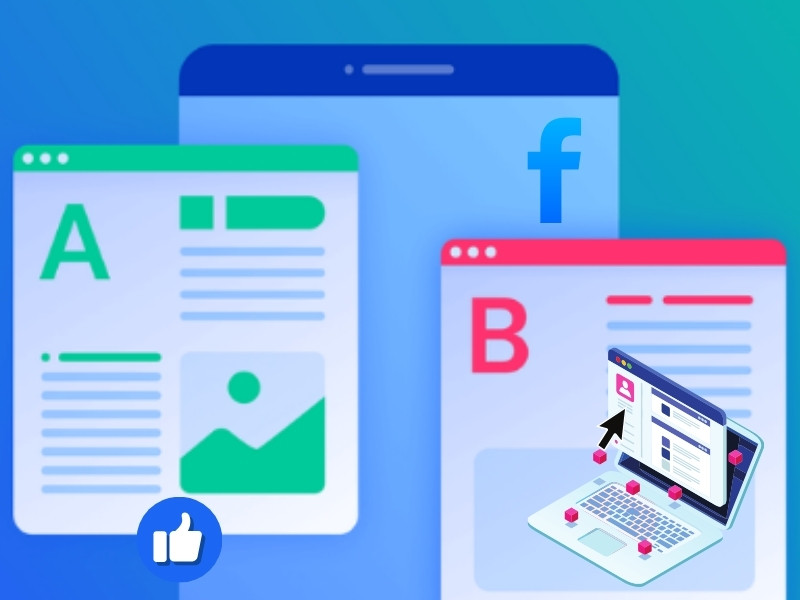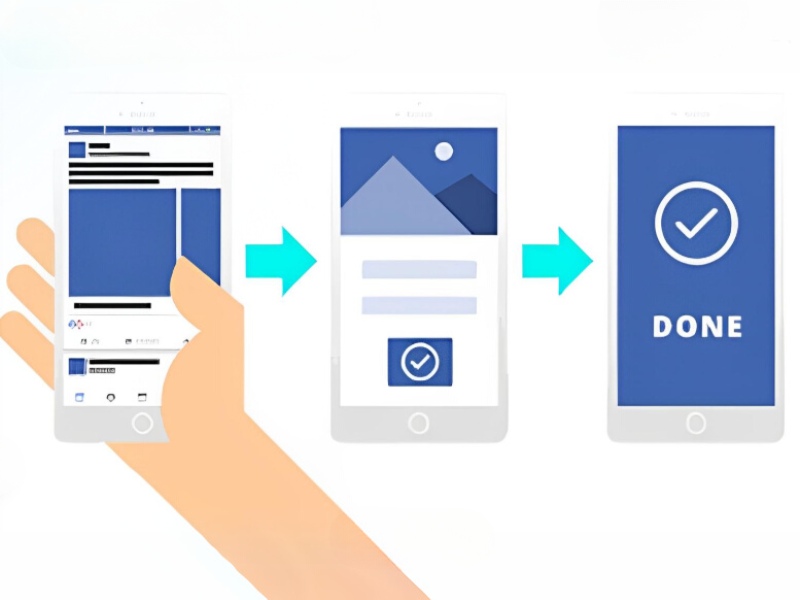CPC (Cost Per Click) is a key metric used to measure how much advertisers pay for each click on their Facebook ads. But what is a good CPC for Facebook Ads, and how can advertisers determine and optimize it effectively? In this article, NEMI Ads, together with industry experts, breaks down everything you need to know.
What is a good CPC for Facebook Ads?
Defining a “good” CPC on Facebook Ads can be quite challenging. That’s because CPC varies significantly depending on your industry, target audience, competition, and even the timing of your campaign. There’s no one-size-fits-all number that applies across the board.
However, when broken down by industry, there are some benchmarks you can refer to. According to Wordstream’s data, the average CPC in Facebook ads ranges from $0.45 to $3.77. Among the lowest CPCs are seen in:
- Apparel industry: around $0.45 per click.
- Travel & Hospitality services: approximately $0.63.
- Retail: around $0.70.
These figures offer a useful starting point when evaluating your ad performance or planning budgets. You can see more details in the benchmark table below.
| Industry | Average CPC |
| Apparel | $0.45 |
| Auto | $2.24 |
| B2B | $2.52 |
| Beauty | $1.81 |
| Consumer Services | $3 .08 |
| Education | $1.06 |
| Travel & Hospitality | $0.63 |
| Real Estate | $1.81 |
| Technology | $1.27 |
| Retail | $0.70 |
| Finance & Insurance | $3.77 |
| Legal | $1.32 |
| Employment & Job Training | $2.72 |
| Industrial Services | $2.14 |
| Fitness | $1.90 |
| Home Improvement | $2.93 |
| Healthcare | $1.32 |
Source: Wordstream
06 Common Reasons Your Facebook Ads CPC Suddenly Spikes
Running a Facebook Ads campaign only to see your CPC (Cost Per Click) suddenly skyrocket — draining your budget while performance stays flat? If you’re wondering what’s behind the surge, here are six common culprits that can drive up your Facebook Ads CPC:
- Increased competition: More advertisers entering your niche can intensify the bidding war, which naturally raises CPC across the board.
- Overly narrow targeting: Setting overly specific or “deep” targeting criteria may limit your ad reach, making impressions more expensive.
- Boring or uninspiring ad creatives: If your ad content lacks engagement, users won’t click — Facebook then lowers your relevance score, which increases CPC.
- Ineffective bidding strategy: Using the wrong bid strategy (e.g., manual vs. automatic, lowest cost vs. highest value) can lead to unnecessary overspending.
- Ad fatigue: If your audience keeps seeing the same ad repeatedly, they’ll start ignoring it — this reduces performance and increases CPC.
- Seasonal trends: During peak advertising seasons (e.g., holidays, sales events), CPC tends to spike due to increased competition.
By identifying these factors early, advertisers can better adjust their strategy, optimize their performance, and stay in control of their Meta CPC benchmark.
How do you know if your CPC is still good?
Wondering whether your Facebook Ads CPC is actually delivering value? To determine whether your current Cost Per Click is cost-effective or not, and to understand what is a good CPC for Facebook Ads in your specific context, here are a few smart ways to evaluate it:
- Compare Against Your Original CPC Goal: Before launching your campaign, you should set a target CPC based on your marketing budget and expected return on investment (ROI). If your actual CPC comes in lower than your projected goal, it’s a strong indicator that your CPC for Facebook Ads is performing efficiently.
- Review Historical Campaign Data: Look at CPC figures from your previous campaigns. If your current CPC shows significant improvement compared to past efforts, that likely means your optimization strategies — from ad creatives to targeting — are paying off.
- Benchmark Against Competitors: Explore the average Meta CPC benchmark or industry-specific Facebook ads benchmarks. If your CPC is notably lower than the industry average, it suggests that your ads are more cost-effective and likely more relevant or engaging than those of your competitors.
In short, a “good” CPC isn’t just about hitting a universal number — it’s about staying aligned with your goals, showing improvement over time, and outperforming your competition.
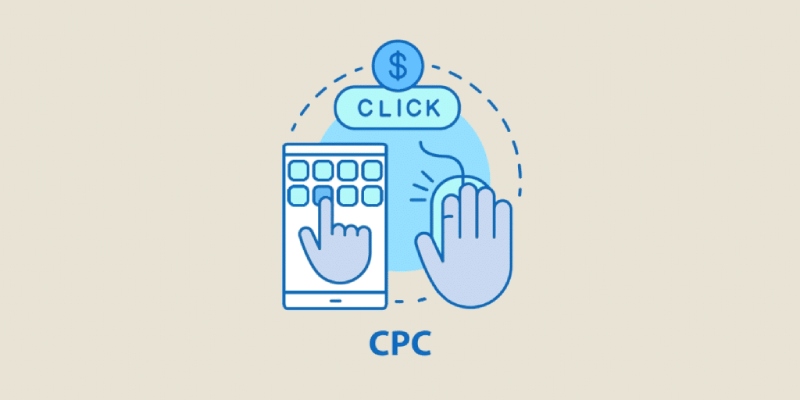
How to improve your Facebook ads CPC
Target the Right Audience Segments
While broad targeting can help your ads reach a wider audience, it often results in lower-quality traffic. Many of these users might click on your ad — but if they’re not your ideal customers, conversions will be unlikely. And when people click without converting, your CPC for Facebook Ads increases without delivering value.
That’s why precise audience targeting is one of the most effective ways to optimize CPC in Facebook Ads. By narrowing your audience, you allow Facebook’s algorithm to deliver your ads more efficiently to users who are actually interested in your product or service.
To implement this, you can define your audience using demographic filters such as age, gender, or location, or go deeper with interests and behavioral data. You can also use Custom Audiences or build Lookalike Audiences based on your existing customer base.
The key is to combine these targeting options strategically. When your ad relevance improves, you’ll see a higher CTR (Click-Through Rate), fewer irrelevant clicks, and a lower Cost Per Click overall.

Upgrade your ad creatives
Engaging, relevant, and high-quality content is the key to encouraging clicks. When your CTR (Click-Through Rate) increases, your CPC for Facebook Ads often decreases — which is why investing in ad content is a powerful way to optimize CPC. So, what makes an ad truly effective and interactive? Here are some proven strategies:
Use Eye-Catching Visuals
Visuals matter. Use high-quality images or videos that are not only aesthetically appealing but also directly relevant to your product or service. When designing visuals, pay close attention to color schemes, typography, layout, and overall visual hierarchy. Eye-catching creatives can immediately draw attention and increase the likelihood of engagement.
Craft Compelling Ad Copy
Facebook remains one of the most competitive advertising platforms globally. To stand out, you need a copy that grabs attention and holds it. Strong ad copy should:
- Address the customer’s pain points directly.
- Clearly present the value of your product or service.
- Explain how it solves a specific problem.
- Be simple, clear, and free of misleading or vague claims.
The goal is to communicate your message in a way that feels both relevant and trustworthy — reducing confusion and building confidence in the click.
Don’t forget to include a clear Call to Action (CTA). A CTA acts like a compass, guiding users on what to do next — whether it’s “Learn More,” “Shop Now,” or “Sign Up.” Without a CTA, users may feel lost or unsure of what step to take after engaging with your ad, leading to missed conversions and inflated Facebook Ads CPC.

Use Social Proof to Build Trust and Improve Performance
In a time of global economic uncertainty, convincing customers to spend requires more than just a flashy ad — your product must feel essential and worth every dollar. One powerful way to build that trust? Social proof.
By incorporating customer testimonials, positive reviews, expert endorsements, or even user-generated content, you help establish your brand’s credibility and reduce hesitation. These signals of trust can significantly boost ad engagement.
Ads that include social proof tend to receive more interaction, higher CTR, and better overall campaign performance. In turn, this helps to reduce CPC in Facebook Ads while increasing the likelihood of conversions — all without needing to expand your budget.
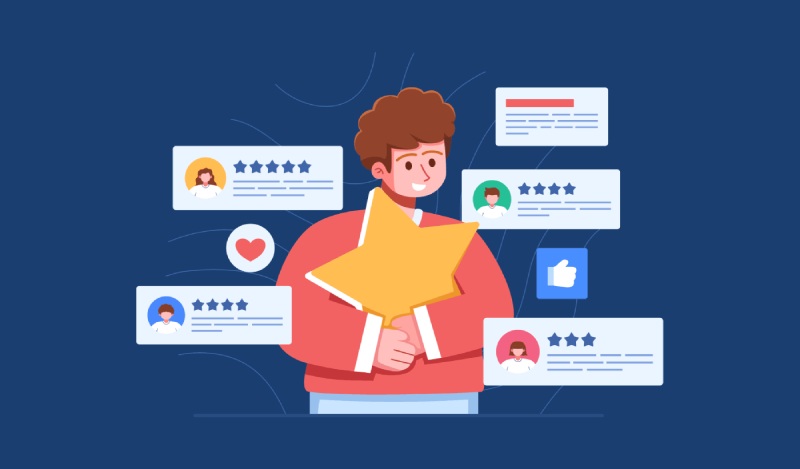
Run A/B Testing to Optimize CPC and Ad Performance
A/B testing — or split testing — is a smart, data-driven approach that allows you to compare different versions of your ad to see what resonates best with your audience. By identifying which creatives, copy, or targeting settings generate stronger engagement, you can improve CTR and optimize CPC in Facebook Ads more effectively.
How to Run an A/B Test on Facebook:
- Choose variables to test: This could be your targeting setup, ad visuals (images/videos), copy, CTA buttons, or even ad placements.
- Create ad variations: Make two or more versions of your ad with only one element changed per version to ensure accurate comparisons.
- Use Facebook Ads Manager: Set up your A/B test directly within Ads Manager using its built-in experimentation tools.
- Run the test: Allow your test to run long enough to gather statistically significant data. Avoid making changes mid-test.
- Analyze the results: Identify which variation performs best in terms of engagement, CTR, and cost-efficiency. Use these insights to refine your overall campaign strategy.
By consistently running A/B tests, you reduce guesswork and make more informed decisions that lead to better CPC performance and improved ad ROI.
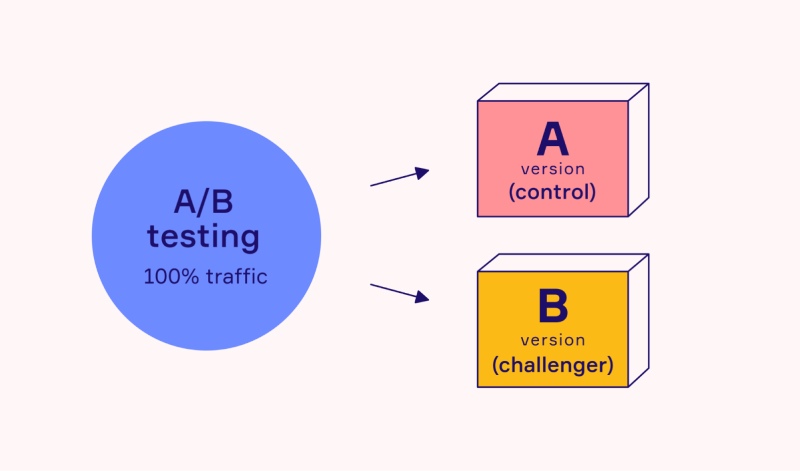
Retargeting
In addition to the strategies mentioned above, retargeting is one of the most powerful tactics to help optimize your CPC on Facebook Ads. Rather than reaching cold audiences, retargeting allows you to reconnect with users who are already familiar with your brand — those who have previously interacted with your website, app, or Facebook page.
These are known as “warm” leads, meaning they’re more likely to click your ad and convert. As a result, your campaign’s CTR increases, which naturally contributes to a lower CPC and improved overall performance.
How to Set Up Facebook Retargeting Ads:
- Install the Facebook Pixel on your website to start tracking user behavior.
- In Facebook Ads Manager, go to the “Audiences” tab, click “Create Audience” → “Custom Audience.”
- Choose your data source, set targeting criteria (e.g., people who visited a specific page), define the time range, and name your audience.
- Create a new ad campaign, select your goal, and choose the custom audience you just built.
- Set your budget, schedule your campaign, and build your ad creative.
- Hit “Publish” — and let the system work its magic.
Final Thoughts: What Is a Good CPC for Facebook Ads? There’s no such thing as a universally “good” CPC on Facebook — it varies based on your industry, audience segment, and campaign timing. However, by comparing your current CPC to historical data, aligning it with your initial goals, and referencing Meta CPC benchmarks, you can determine a cost-per-click range that makes sense for your brand. Once you’ve identified your baseline, apply the strategies above — from A/B testing and content improvement to retargeting — to consistently optimize CPC and maximize ad ROI.
Stay tuned to NEMI Ads for more expert insights, benchmarks, and Facebook Ads tips to keep your campaigns performing at their best!
